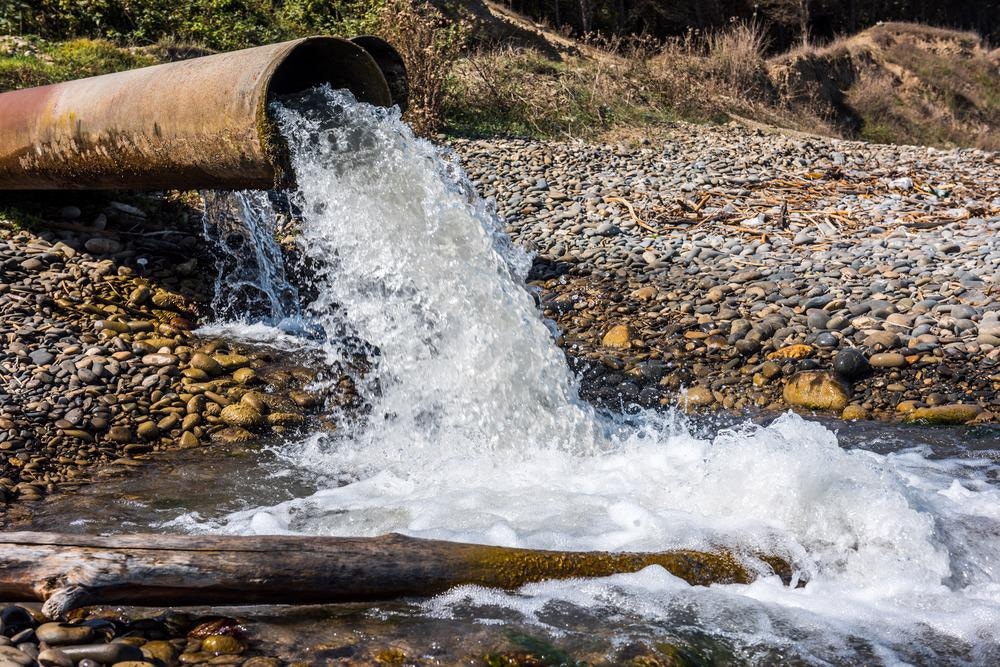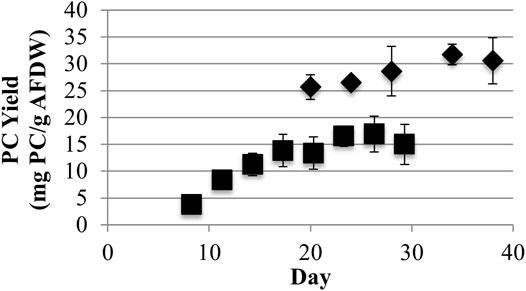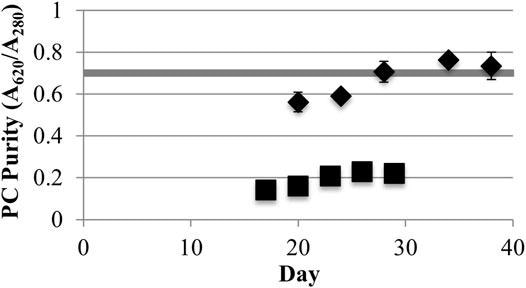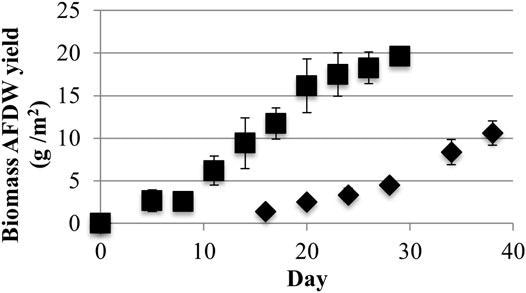New research published in Frontiers in Energy Research has demonstrated a process for cultivating microalgae biofilms in photobioreactors to produce these commercially important chemicals using wastewater.

Study: Rotating Algae Biofilm Reactor for Management and Valorization of Produced Wastewater. Image Credit: Vastram/Shutterstock.com
Phycocyanin pigments are vital for multiple industries, having various important commercial applications. Producing them from gas and oil wastewater presents a sustainable waste valorization process that fits the aims of the circular economy concept.
Phycocyanin
Phycocyanin, along with allophycocyanin and phycoerythrin, is a pigment-protein complex. It is a water-soluble light-harvesting phycobiliprotein with a characteristic light blue color and is an accessory pigment to chlorophyll. Phycocyanins are produced by cyanobacteria.
There are numerous commercial and scientific uses of phycocyanin. It is used as a natural food coloring, in nutritional supplements (for example, spirulina,) as a coloring in cosmetics, and as fluorescent markers in immunological assays. It is also used in animal feeds and aquaculture. Additionally, it contains anti-inflammatory, anti-cancer, antioxidant, and antiviral properties, making it an attractive target for therapeutics and drugs within the biomedical industry.

Phycocyanin (PC) Ash Free Dry Weight (AFDW) yields from harvested algal biomass with low (40) (♦) and high (220) (■) light (μmol photons m−2s−1 PAR) growth conditions (one standard deviation shown, n ≥ 3). Image Credit: Wood, J.L. et al., Frontiers in Energy Research
Using Petrochemical Wastewater for Microalgae Culture
The petrochemical industries produce large volumes of wastewater globally as a result of oil and gas extraction. Over 90% is re-injected into formations or disposal wells for recovery. Treatment ponds are used to store most of the remaining wastewater. If disposed of untreated into the environment, wastewater can cause significant levels of pollution, affecting vulnerable ecosystems.
Using produced wastewater for the cultivation of algae is a huge opportunity for the valorization of waste streams in the oil and gas industries. This can be used for nutrient recovery, with the biomass used for beneficial purposes. A 2017 study has found that whilst produced wastewater has high salinity and organic compounds that are detrimental for algae growth, important inorganic nutrients which microbes use for growth are present, which is advantageous. Produced wastewater can therefore be used as a culture medium.
Additionally, there are indications that using produced wastewater for microalgal cultivation can be used for biofuel production as well as microbial wastewater treatment. Another recent study has demonstrated the possibility of utilizing microalgal cultivation for nutrient removal.
The majority of current investigations into using produced wastewater as a microalgae cultivation medium have focused on using microalgal biofilms for biofuel production. Conversely, there is limited research into the production of valuable bioproducts. Integrating side streams of valuable bioproducts into processes using microalgal biorefineries could help reduce the costs associated with microalgal wastewater treatment and biofuel production.
The recovery of phycobiliproteins such as phycocyanin and their derivative products can be easily integrated into microalgae biorefinery operations, and the water solubility of phycobiliproteins means that they do not interfere with the recovery of denser liquids. Thus, integrating them into these operations can optimize operations and add value to them.
Suitable substrates for microalgae biofilm growth have been identified in the current literature, with over 15 different materials so far explored. Cotton-based materials have been identified as the best-performing options.

Phycocyanin (PC) purity (A620/A280) from low (40) (♦) and high (220) (■) light (μmol photons m−2s−1 PAR) incidence (one standard deviation shown, n ≥ 3). The shaded horizontal bar shows the minimum limit for food grade purity (A620/A280 = 0.7). Image Credit: Wood, J.L. et al., Frontiers in Energy Research
The Study
The main purpose of the new study published online in Frontiers in Energy Research is to evaluate the influence of growth materials and light intensity in a rotating algae biofilm reactor on phycocyanin production. LLC2, a strain of cyanobacteria, was chosen for its ability to form biofilms in different light and substrate conditions. High levels of turbidity and good solid biomass production were identified as key factors in the choice of the reactor for the study.
The team constructed a 2000-liter outdoor-produced water pond at Utah State University. The pool was operated between August and September due to favorable outdoor temperature and the pond was shaded to control light intensity. Out of the materials tested for biofilm growth substratum, the cotton rope was identified as the best option.

Growth surface area biomass Ash Free Dry Weight (AFDW) yields from low (40) (♦) and high (220) (■) light (μmol photons m−2s−1 PAR) conditions (one standard deviation shown, n ≥ 3). Image Credit: Wood, J.L. et al., Frontiers in Energy Research
Amongst the experimental observations in the study, low light LLC2 biofilms produced twice the amount of phycocyanin per biomass yield compared to high light biofilms. An accompanying crude extract purity (just above the benchmark standard for food-grade phycocyanin) was observed. The authors concluded that different production goals could be achieved by adjusting the light level for biofilm culture.
Based on their experimental observations, the authors have stated that future studies should concentrate on producing other high-value products from microalgae cultures in produced wastewater. Additionally, amongst other future research directions suggested in the study, the potential value of cyanobacteria biofilms to produce valuable bioproducts such as fertilizer, feed, biofuels, and biogas should be assessed in studies.
Further Reading
Wood, J.L. Takemoto, J.Y. & Sims, R.C. (2022) Rotating Algae Biofilm Reactor for Management and Valorization of Produced Wastewater [online] Frontiers in Energy Research 10 | frontiersin.org. Available at: https://www.frontiersin.org/articles/10.3389/fenrg.2022.774760/full
Disclaimer: The views expressed here are those of the author expressed in their private capacity and do not necessarily represent the views of AZoM.com Limited T/A AZoNetwork the owner and operator of this website. This disclaimer forms part of the Terms and conditions of use of this website.